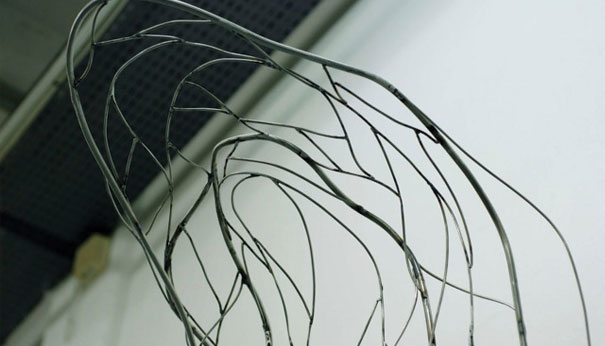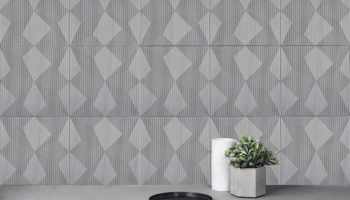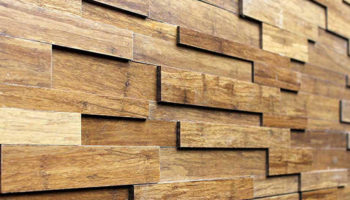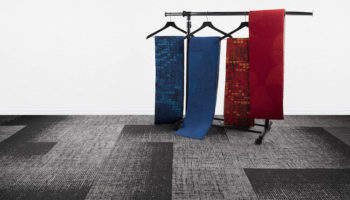Piezo Shower for Peace of Mind
While it may be a bit unkind of me to burden you with a new six-syllable word so early in the week, I’m afraid the revolutionary Piezo Shower System demands as much. So everybody repeat after me: “pi-e-zo-e-lec-tric.” The term actually refers to a rather old discovery (circa 1880). In the briefest terms I can muster, piezoelectric concerns “the ability of some materials (notably crystals and certain ceramics, including bone) to generate an electric field or electric potential in response to applied mechanical stress.”
Piezo Shower System. Designed by Sebastian Jansson, Fernanda Pizà , Victor Stelmasuk, and Natalie Weinmannfrom.
The Piezo Shower System prototype, courtesy of an international collaborative design consortium ( Finland’s Sebastian Jansson, Mexico’s Fernanda Pizà , Brazil’s Victor Stelmasuk, and Germany’s Natalie Weinmannfrom) synthesizes piezoelectric principles with the burgeoning field of nanotechnology to create a self-heating shower. How does it work exactly? “A circuit of Piezoelectric nano-wires, which have the property of generating electric potential under stress, is installed in the shower’s tubing, allowing electricity to be generated by the friction that occurs as the water circulates.”
Turns out that if the nano-wires are sufficiently agitated, all sorts of polarity changes occur inside the tubing, and if you remember anything from high school physics, you’ll recall that changes in polarity mean excited electrons which mean, Voila! Hot Water! No external gas or electricity required. The intriguing thing about the concept–apart from the part about heat out of thin air–is that the required shape creates an astounding aesthetic. And here my scientific acumen begins to wane a bit, but it seems the more intricate the design–or the more variable the tubes in shape, size, and orientation–the more efficient the piezo-effect (if you’ll pardon a hammy coinage). The fortuitous upshot is the Piezo Shower’s overtly organic configuration. The prototype wends and sprawls in three different dimensions, its eager tendrils climbing fore and aft as they expand and contract, twisting into an inviting canopy that resembles a verdant blackberry thicket as much as it does a hominid circulatory system. If the authors of Piezo-Shower could choose the metaphor (and they may have already), I’d wager they’d go with the latter, for what better symbol for efficient energy creation than the riveting, relentless rhythm of the human heart?






Leave a Reply